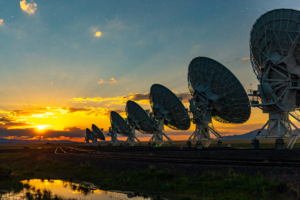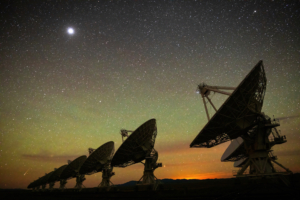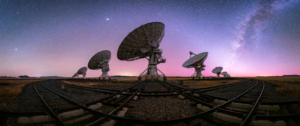I believe that this question has been answered several times in the past on this blog. I think that…
Select :
asteroid collisionasteroidsastronomical distance scalesatomsbig bangblack holesbright lights in the skybrown dwarfcareerscelestial eventschecker cabscometsconstellationscosmic distancescosmic microwave backgroundcosmic rayscosmologydark energydark matterdwarf planeteartheclipseeclipticeducationexoplanetsexpansion of the universegalaxiesgeneral relativitygravitational lensgravity wavesGreat Red SpotHoaxesHubble Space Telescope (HST)Interferometerinterferometryinterstellar moleculesionosphereJupitermagnetarsmarsmeteorsMH370milky wayMilky Way Galaxymoleculesmoonmoonsneutron starneutron starsNibirunight skyparallaxphysicsplanetsplutoproperties of lightPtolemypulsarsquasarsradar astronomyRadio Astronomyradio frequency interferenceradio interferometersradio recombination line emissionRadio TelescopeSatellite DishSchwarzschild Radiusscientific methodsearch for extraterrestrial intelligenceSETIsolar systemspace probesspacecraftstar formationstarssunsupernovasupernova remnantssupernovaetelescopestime dilationTrans Neptunian Objectstwin paradoxunexplained celestial observationsVenusVery Large ArrayVery Long Baseline Array (VLBA)Voyager 1weather


How Do Radio Astronomers Make Images at Radio Frequencies?
I believe that this question has been answered before in two posts which addressed questions about single radio telescopes…

What are the Angles Separating the Tracks of the VLA Antenna Layout and What is its Orientation Relative to Geographic North?
The angles which separate the arms of the “Y” configuration of the VLA antennas are 120 degrees. Additionally, according…

How to Make Images with a Radio Telescope
I believe that this question has been answered before in our post answering the question How Does a Single…

Home Built Radio Interferometer
Yes, one can build a rudimentary radio interferometer with at least two antennas at home. You can see a…

An Interferometer as a Quantum Mechanical Signal Measurement System
I think that the key fact is that the traditional Maxwellian electromechanical (EM) wave interfering with itself after traveling…





